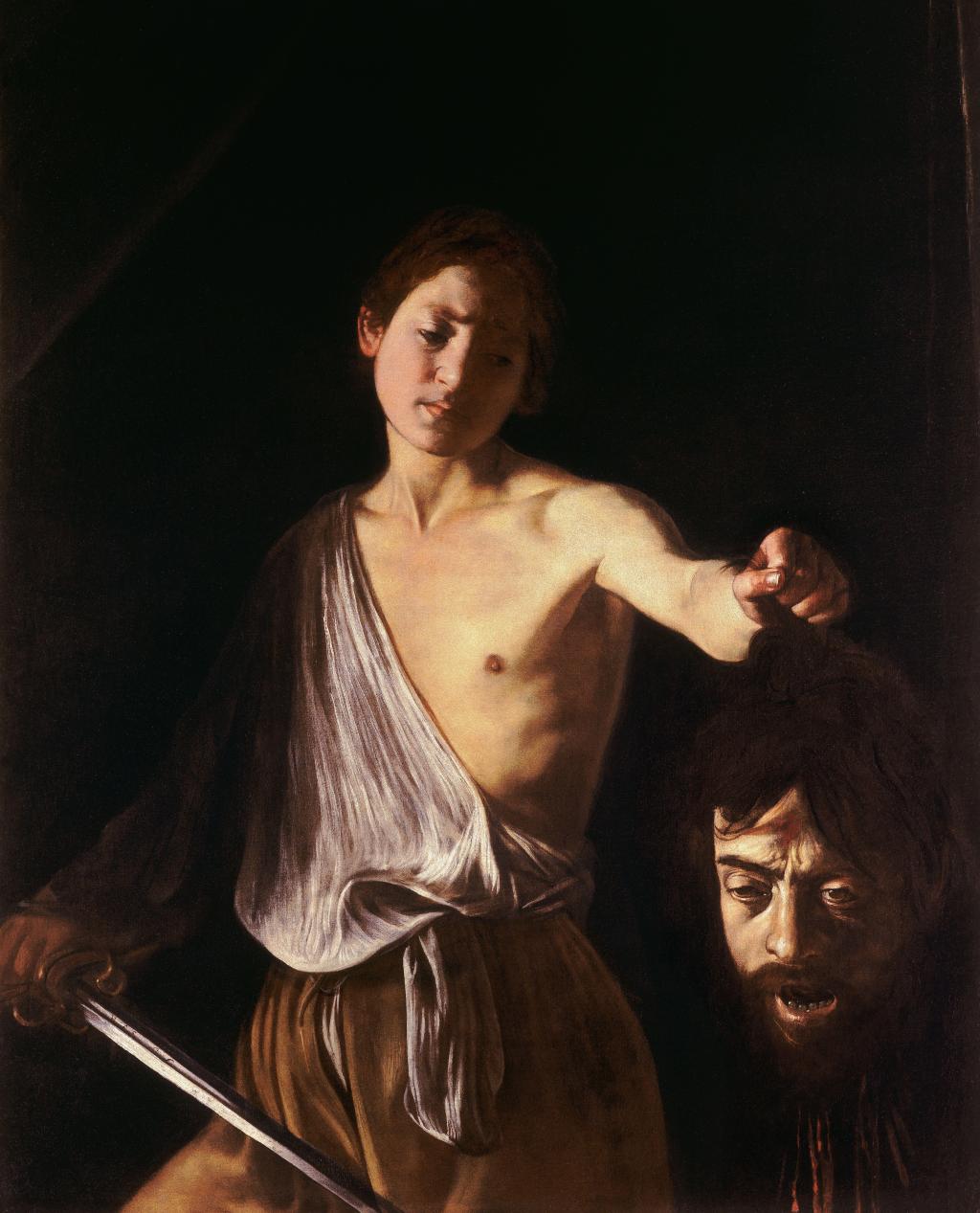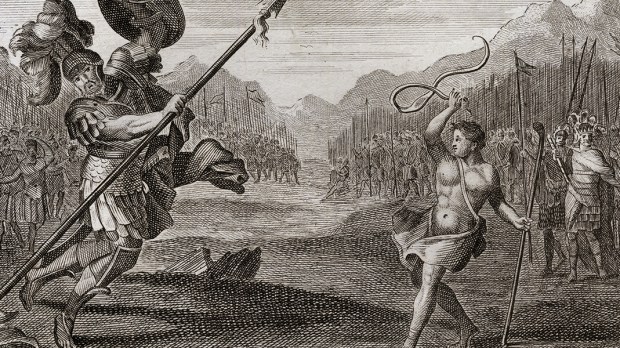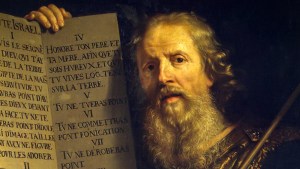David, the story goes, was a “ruddy and comely” young shepherd who, against all odds, took on and defeated Goliath in single combat. That is what the Bible says. At least, if one is reading the first book of Samuel (1 Samuel 17, 49-50):
“And David put his hand in his bag and took out a stone, and slung it, and struck the Philistine on his forehead; the stone sank into his forehead, and he fell on his face to the ground. So David prevailed over the Philistine with a sling and with a stone, and struck the Philistine, and killed him.”
But there is not one single account of Goliath’s death. There is another one in the second book of Samuel, and yet a third one in the first book of Chronicles. Each one of them tells a different story. This is hardly surprising. The Bible often provides us with different, seemingly contradictory storylines referring to more or less the same events, and more or less the same characters. But these apparent “contradictions” should not scare the reader away at all. Quite the contrary.
These dissimilarities help the reader keep in mind that the Bible is not a book, but rather a collection of several separate books, most (if not all) of them made from the interweaving of different sources, oral and written alike. It is also the byproduct of the patient, minute, delicate, and painstaking work of generations and generations of inspired writers, compilers, and editors. It is an anthology of texts written, edited, and codified over millennia.
Also, these differences allow us to realize there are many different literary forms in the Bible, thus enriching our understanding and appreciation of it. As read in Pope Paul VI’s Dei Verbum (III, 12) “truth is set forth and expressed differently in texts which are variously historical, prophetic, poetic, or of other forms of discourse. The interpreter must investigate what meaning the sacred writer intended to express and actually expressed in particular circumstances by using contemporary literary forms in accordance with the situation of his own time and culture.”

It could be the case that the three different accounts of Goliath’s death are not trying to present the reader with a historical truth only, but rather with a moral, or spiritual one as well. Pope Benedict XVI’s Verbum Domini (112) pointed at the many beneficial effects of this hermeneutical openness (a word Benedict repeats over and over in this apostolic exhortation) when dealing with difficult biblical texts: “Sacred Scripture contains anthropological and philosophical values that have had a positive influence on humanity as a whole.” Perhaps some of these values are at play in these three different accounts of Goliath’s death.
In the second book of Samuel, we find not David but a certain Bethlehemite, Elhanan, killing Goliath. The text reads as follows (2 Samuel 21, 18-19):
“There was again war with the Philistines at Gob; then Si’becai the Hu’shathite slew Saph, who was one of the descendants of the giants. An there was again war with the Philistines at Gob; and Elha’nan the son of Ja’are-or’egim, the Bethlehemite, slew Goliath the Gittite, the shaft of whose spear was like a weaver’s beam.”
Is there a difference between David’s Goliath from Elhanan’s? Both books, 1 Samuel and 2 Samuel, seem to refer to the same Philistine giant warrior. In fact, the description of Goliath’s weaponry is exactly the same in both. Just like in the text quoted above, the first book of Samuel also reads “the shaft of his spear was like a weaver’s beam” (Cf. 1 Samuel 17, 7).
In the third account of the Philistine warrior’s death, the one found in the first book of Chronicles, the famous spear is described in exactly the same terms. Moreover, the text is almost a copy of 2 Samuel —Chronicles is indeed a much later book. Only that, surprisingly enough, it is not Goliath who is slain. It reads as follows (Cf. 1 Chronicles, 20, 5):
“And there was again war with the Philistines; and Elha’nan the son of Ja’ir slew Lahmi the brother of Goliath the Gittite, the shaft of whose spear was like a weaver’s beam.”
So, according to the late book of Chronicles, Goliath had a brother. The introduction of this new character seems to smooth the inconsistencies between the two books of Samuel: it was not Goliath but his brother, Lahmi, who Elhanan killed. This is not unexpected. Even a superficial reading of Chronicles would be enough to realize these are evocative books that intend to narrate the nation’s glorious past —David’s kingdom and authority in particular. Even if Elhanan’s killing of Goliath can be trusted to be the earlier story (most scholars agree) reworking it to make David get the credit for slaying the mighty warrior makes perfect sense.
But who is this giant-slayer, Elhanan, credited with killing either Goliath, or his brother, or both? How did these very different accounts of whatever might have happened in the battlefield make their way into the Bible? Do these seemingly contradictory narratives need to be harmonized? If so, why, and how?
A possible answer to most of these questions is relatively simple. The second book of Samuel presents Elhanan as a member of David’s army —in fact, he could have been a member of the famous Gibborim, also known as “David’s Mighty Men,” David’s elite forces, the Davidic version of Arthur’s Knights of the Round Table. In that sense, the expression “David killed Goliath” works pretty much like “Caesar defeated Vercingetorix,” or “Scipio defeated Hannibal.” Even if these legendary warriors never faced each other in single combat, we still say they defeated their adversaries.Presenting David as dueling Goliath (like the first book of Samuel does) would only highlight his courage, determination, and leadership.
That is, it is somewhat irrelevant if Elhanan is the hero in the historical germ of the story as introduced in the second book of Samuel. David’s prowess, as told in the first book, is still one of the most inspiring tales one can find not only in the Bible, but also outside of it. His courageous challenging of a seemingly invincible foe, armed only with what he sincerely, authentically, truly is (remember he rejects wearing someone else’s armor, and wielding someone else’s sword) is everything we would want to find in an epic hero. And it certainly provides a great deal of inspiration and confidence in our own lives, by comparison.



